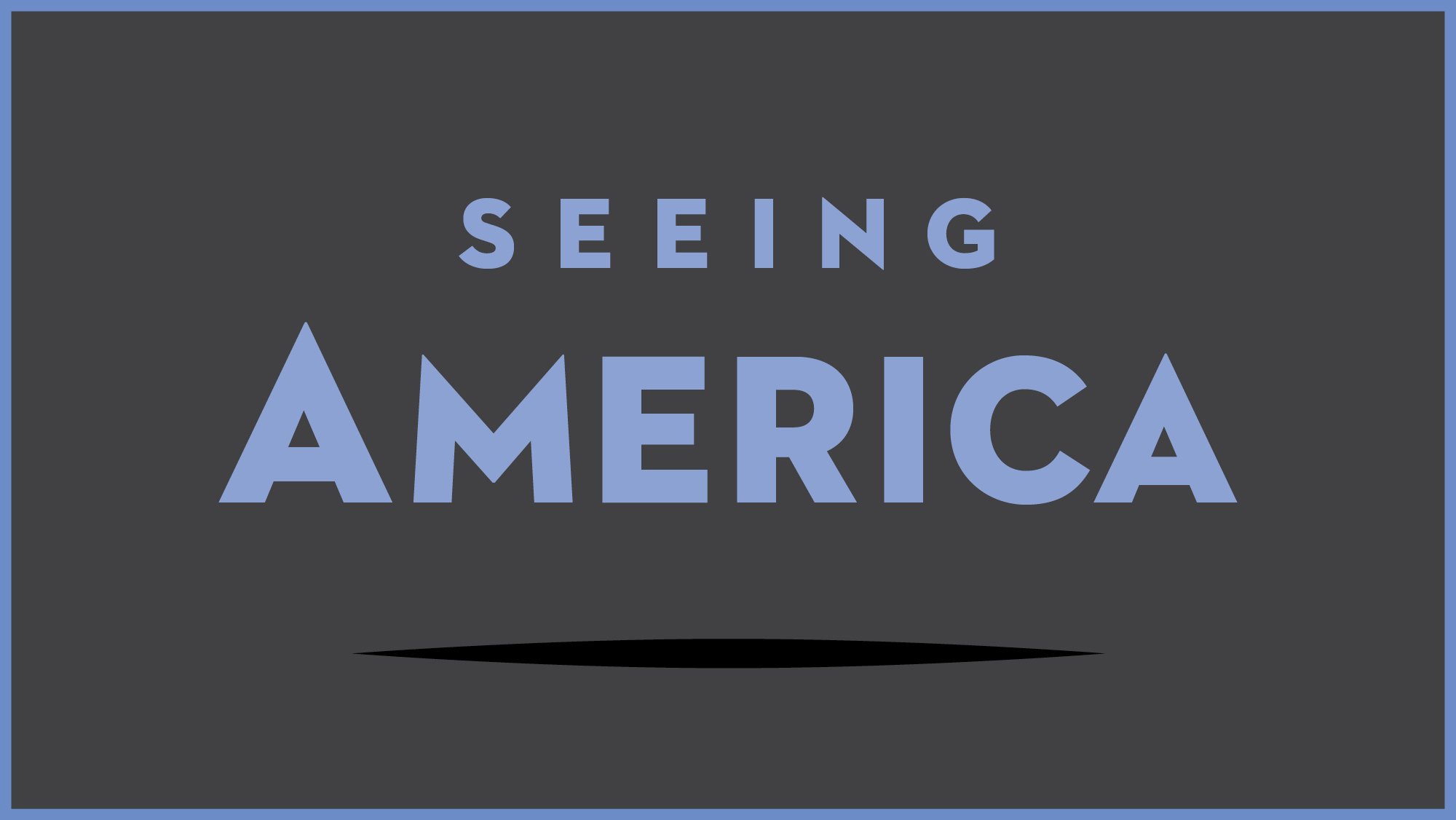Test your knowledge with a quiz
Rizal, Resilience Robe
Key points
- Clarissa Rizal (the mother of Lily Hope, the speaker in the video) was a Chilkat weaver who was part of the Tlingit tribe of Southeast Alaska. Chilkat is a traditional form of weaving that originated among the Tlingit and other tribes in this area. Robes like this one are worn by high-ranking members of the community during important dances and ceremonies.
- The creation of a Chilkat robe requires many months or even years of labor. The wool is hand spun and then expertly woven on a loom where the threads are attached only at the top. The techniques used in Chilkat weaving are passed down through generations of female weavers.
- Chilkat weaving is traditionally done only by women, but it incorporates formline imagery (curvilinear shapes) that can also be seen in the Northwest Coast wood carving that is typically done by men. This particular robe incorporates both traditional and modern motifs (such as the important tribal symbols of eagle and raven, as well as European ships and museum doors) to express the resilience and continued strength of the Tlingit people.
Go deeper
Learn more about Chilkat weaver Lily Hope
What is the history of Chilkat weaving?
What is the history of the Tlingit people?
What is life like today in the ancestral Tlingit village of Klukwan, Alaska?
Find resources about Southeast Alaskan Native culture from the Sealaska Heritage Institute
What are indigenous rights in Canada?
More to think about
Chilkat weaving demonstrates how the Tlingit people preserve their cultural identity by teaching successive generations the traditional art of Chilkat weaving. What are some other examples of passing on traditions to maintain cultural heritage? How might this practice among different cultures in the United States reveal the nation’s historical shifts and changing notions of individual or national identity over time?



